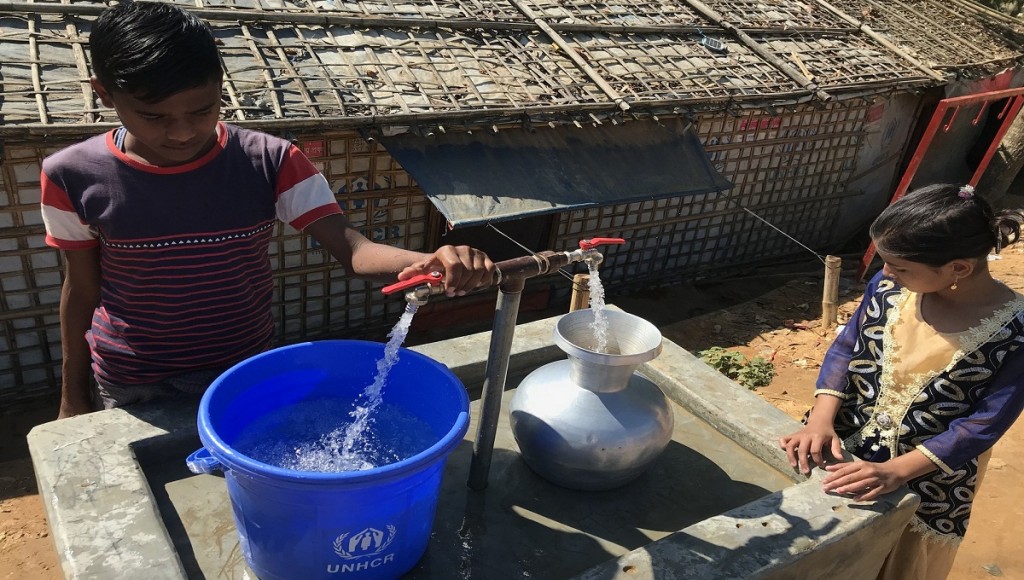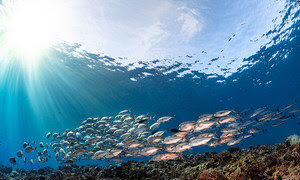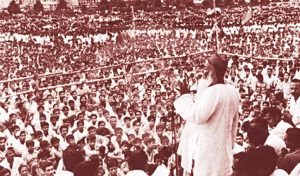UNHCR, the UN Refugee Agency, and its partners have been turning to green and non-polluting technology, including solar power, to help provide safe and clean water to Rohingyas living in the crowded settlements in Cox’s Bazar district.
Over the past six months, five new safe water networks funded by UNHCR have been completed in the Kutapalong-Balukhali refugee site that are fully powered by solar energy, said UNHCR on Friday.
The five new water networks- jointly completed by UNHCR, MSF, OXFAM and BRAC –are currently providing safe water to over 40,000 refugees. A further 55,000 Rohingyas will benefit as UNHCR and its partner agencies are hoping to install nine more solar-powered water networks across Kutupalong refugee camp this year, at a cost of US$10 million.
“The improved water networks are completely solar powered in order to reduce energy costs and fuel emissions”, said Murray Wilson, head of UNHCR’s water, sanitation and hygiene (WASH) programmes in Cox’s Bazar. Chlorination is a life-saver in refugee settings as recent tests revealed that most contamination to drinking water occurs during collection, transport and storage at the household level.
“Chlorinating water helps in maintaining safe water and eliminates any risk of spread of disease”, he added.“Previous water sources, mainly boreholes fitted with hand pumps were often highly contaminated by waste water penetrating the aquifer from which the wells drew water”.
Solar panels generate enough energy to produce electricity to run motorized water pumps. The pumping system draws water from newly-installed 70,000 litre chlorinated water tanks. Water is then pumped to tap stands installed close to refugee households.
The aim is to provide 20 litres of potable water to every refugee daily for drinking and cooking.More than 900,000 Rohingya refugees are living across 36 different locations in Bangladesh. Water is scarce in most locations. In the dry season, especially in areas like Nayapara, often the only solution is water trucking, which is very costly.
It has been challenging to secure adequate water sources for the whole refugee population, most of whom fled to Bangladesh in late 2017. This is why UNHCR and partners have stepped up their efforts throughout 2018 to address the massive water and sanitation needs.
Efforts to provide enough safe drinking water for refugees across all the heavily congested sites has been a massive challenge for humanitarian agencies, requiring the drilling of thousands of deep tube wells and building water networks including the installation of pipes, dams, canals, filtering mechanisms and chlorination systems.
Throughout 2018, UNHCR has stepped up efforts in water and sanitation by investing in green technologies that save energy and reduce pollution.
It has also increased its team in Cox’s Bazar, bringing in more experts and new partners, to build dams in water streams to create water reservoirs from which clean, chlorinated potable water will be produced. By investing in new technologies that save energy, the agency is ensuring the provision of sustainable safe and clean water to every refugee.
UNHCR has been working closely with the government of Bangladesh to identify water sources, provide expert advice and permission to dig tube wells and build other structures such as water reservoirs, water treatment plants, pipelines, water storage tanks, chlorination systems and boreholes fitted with hand pumps.
source: UNB




